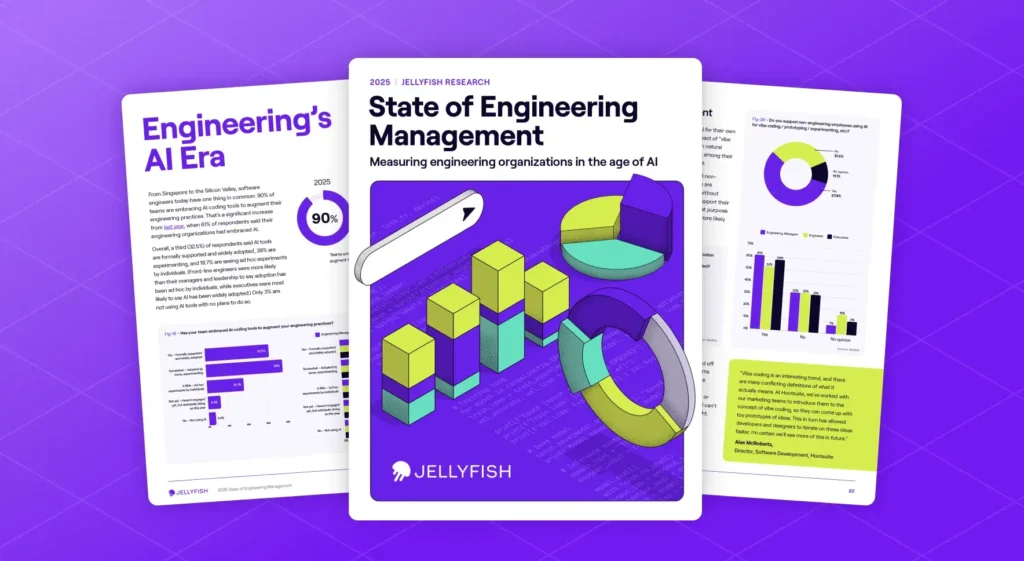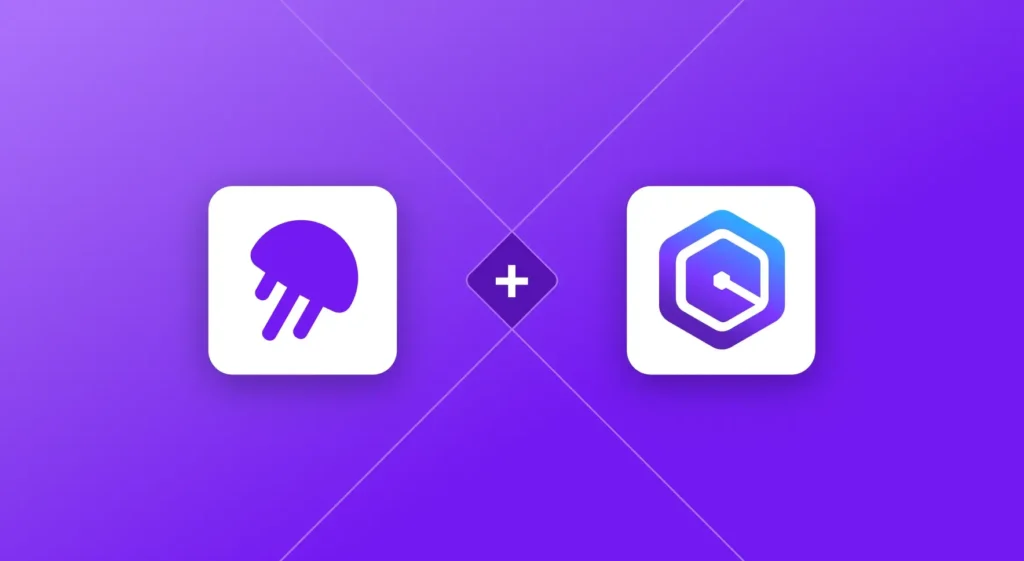Developing software that functions as intended is a critical challenge, and one which can be exacerbated by gaps in communication between development teams and the IT and other professionals who will—or do—work with the software being developed.
In order to meet this challenge, many organizations adopt the approach of DevOps, meaning that they work to develop a collaborative development environment through integration between development and operations teams.
By fostering collaboration and communication, DevOps enables teams to work together seamlessly, share knowledge, and align their objectives. This approach aims to enable organizations to quickly develop, test, and deploy software.
To illustrate how DevOps works in practice, let’s look at an example. Suppose a software development team is working on a new application feature. In a DevOps environment, developers and operations professionals collaborate from the start. They might jointly define requirements, design the architecture, and automate the deployment process. Continuous integration and continuous delivery (CI/CD) pipelines are set up to automate testing, build, and deployment processes.
The DevOps lifecycle encompasses various stages, including planning, coding, building, testing, releasing, deploying, monitoring, and feedback. Each stage is supported by a set of tools, practices, and methodologies that enable teams to automate processes, ensure consistency, and monitor the performance of the software in production.
What is DevOps
DevOps, which is a contraction of Development and Operations, is an approach to software development and delivery that focuses on collaboration, automation, and continuous improvement.
The software development lifecycle consists of several phases, including requirements gathering, design, development, testing, deployment, and maintenance. Traditionally, these phases were often approached independently by various teams with little communication.
DevOps, on the other hand, emphasizes the integration of these phases of software development, promoting cross-functional collaboration and communication throughout the entire SDLC. By fostering collaboration between development, operations, and other teams, DevOps helps streamline processes, improve velocity, and enhance overall software quality.
In order to do this, DevOps often introduces practices such as continuous integration (CI) and continuous delivery (CD), where new changes are frequently added and tested, allowing for early detection of issues and faster feedback loops. This integrative cyclical approach can accelerate the development process, enabling teams to deliver new features and updates more rapidly.
By implementing practices like continuous monitoring, teams can gather real-time data and feedback from production environments, enabling them to identify and address issues promptly. This focus on quality throughout the SDLC helps deliver more stable, secure, and robust software.
10 KPIs Engineering Leaders Should Track
DownloadDevOps Vs. Agile
DevOps and Agile methodology are often seen as interconnected—with some considering DevOps an extension, or evolution, of Agile. This perspective views DevOps as an approach which builds upon the principles and practices of Agile methodology—expanding its scope to encompass the entire software development and delivery process.
For example, at least 4 key components of DevOps align closely with Agile principles: collaboration, iterative development, responding to feedback, and customer-centricity. DevOps culture emphasizes breaking down silos, fostering collaboration, and promoting shared responsibility between development, operations, and other teams involved in the software lifecycle.
DevOps and Agile methodologies share several advantages. They both prioritize collaboration, transparency, and rapid delivery cycles. By breaking down barriers between teams and fostering communication, both methodologies enable more efficient issue resolution. Additionally, both emphasize feedback loops, allowing teams to incorporate customer input and adapt to changing requirements.
However, there are distinctions between DevOps and Agile. Agile focuses primarily on the development phase, while DevOps expands to include operations, deployment, and maintenance. As such, DevOps methodology advantages and disadvantages may both be able to extend beyond deployment. DevOps can be seen as extending Agile principles by emphasizing collaboration across the entire software delivery lifecycle.
A DevOps engineer plays a vital role in implementing and managing DevOps methodology. These professionals are responsible for automating processes, building and managing deployment pipelines, monitoring systems, and ensuring smooth and efficient software delivery.
To implement DevOps effectively, organizations can follow a DevOps roadmap. This roadmap typically involves assessing the current state of development and operations, identifying areas for improvement, defining collaboration processes, introducing automation tools, and continuously measuring and refining DevOps practices.
DevOps Architecture
DevOps architecture refers to the design and structure of the systems and tools used in a DevOps workflow to enable seamless collaboration, automation, and continuous delivery. The architecture encompasses the integration of various tools and components that support the DevOps lifecycle.
The key components of a DevOps architecture include:
- Version Control System (VCS): A central repository, such as Git, that allows teams to manage and track changes to source code.
- Continuous Integration (CI) and Continuous Deployment (CD) Tools: These tools can be used to help automate the build, test, and deployment processes, ensuring rapid and reliable software delivery.
- Configuration Management Tools: Which can be used to automate the provisioning and management of infrastructure and application configurations.
- Monitoring and Logging Tools: Provide monitoring, logging, and analysis capabilities to ensure system performance and facilitate troubleshooting.
- Engineering Management Platform: Provides data-driven visibility into the engineering team’s investment of time and resources, operational efficiency, and deliverable progress in order to inform leaders to make better business decisions and deliver results.
Tools used in DevOps lifecycle, integrated within the DevOps architecture, form the foundation of an efficient and streamlined workflow. They support collaboration, automate processes, enable continuous integration and deployment, and provide insights into system health and performance. The selection and combination of these tools may vary depending on the specific requirements and technology stack of an organization.
DevOps Methodology
DevOps is often considered more of a cultural and collaborative approach rather than a rigid methodology or framework. If you’re wondering is DevOps a methodology or framework, it can be more helpful to think of DevOps as a framework which outlines a methodology. However, when discussing DevOps maturity, we can refer to different phases that represent different stages of DevOps implementation and evolution.
- Phase 1 represents an initial stage, where organizations focus on improving collaboration between development and operations teams. It involves breaking down silos typically used in traditional development, enhancing communication between dev and ops teams, and adopting basic automation practices.
- Phase 2 represents a stage where organizations start embracing DevOps practices more holistically. This might involve implementing continuous integration, continuous delivery, and automated testing. There is a greater emphasis on automation and improving the speed and quality of software delivery.
- Phase 3 indicates a higher level of DevOps maturity. In this stage, organizations focus on further automation, expanding deployment pipelines, and implementing monitoring and feedback mechanisms. Continuous monitoring, performance optimization, and proactive incident management are key aspects.
- Phase 4 represents the highest level of DevOps maturity. Organizations at this stage have achieved a fully or mostly automated and optimized software delivery pipeline. They emphasize advanced practices and there is a strong focus on resilience, scalability, and ongoing improvement.
DevOps Principles
DevOps is guided by a set of principles that help organizations foster collaboration, efficiency, and continuous improvement. An important 7 principles of DevOps are as follows:
- Culture of Collaboration: DevOps promotes a culture of shared responsibility and collaboration between development, operations, and other teams involved in the software lifecycle. It emphasizes fostering communication between teams that traditionally may have worked independently.
- Automation: Automation plays a crucial role in DevOps. By automating manual tasks and processes, organizations can improve efficiency, reduce errors, and accelerate software delivery.
- Continuous Integration (CI): CI focuses on integrating code changes frequently, enabling teams to detect issues early and ensure that software components work well together. It promotes rapid feedback loops and encourages developers to share their work frequently.
- Continuous Delivery (CD): CD extends CI by automating the deployment process. It ensures that software is always in a releasable state, allowing organizations to deliver changes to production quickly, reliably, and with minimal effort.
- Continuous Monitoring: Continuous monitoring involves gathering real-time data about the performance and health of software systems. It helps organizations detect and respond to issues promptly, ensuring stability, reliability, and optimal performance.
- Infrastructure as Code (IaC): IaC treats infrastructure provisioning and management as code, enabling teams to automate infrastructure deployment and configuration. It provides consistency, scalability, and reproducibility.
- Feedback Loop: DevOps emphasizes the importance of feedback loops at various stages of the software development lifecycle. Feedback from users, stakeholders, and monitoring systems helps identify areas for improvement, driving continuous learning and refinement.
These principles form the foundation of DevOps, guiding organizations towards more collaborative, automated, and efficient software delivery processes. By adopting and embracing these principles, organizations can create a culture of continuous improvement and achieve faster, more reliable software delivery.
DevOps Automation Tools
Jellyfish Engineering Management Platform is a powerful data and analytics tool that helps organizations in streamlining their processes, improving collaboration, and identifying areas of opportunity in their software development and delivery processes.
Jellyfish automatically ingests and analyzes signals from Continuous Integration, Incident Management, Issue Tracking, and other DevOps tools to track Lead Time to Production, Deployment Frequency, Mean Time to Resolution, and Incident Rate.
Interested in learning more about Jellyfish? Tour the product or request a demo today!






